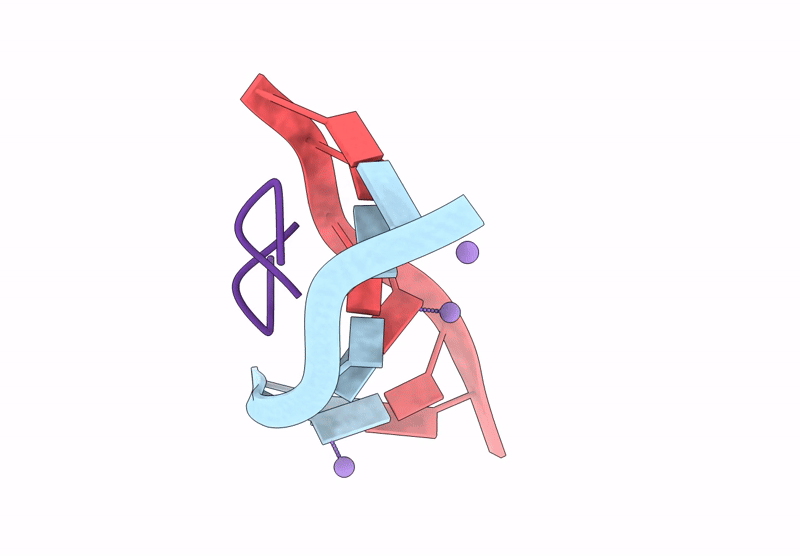
Deposition Date
2024-09-18
Release Date
2025-03-12
Last Version Date
2025-04-09
Entry Detail
PDB ID:
9JL7
Keywords:
Title:
Crystal structure of Actinomycin D-Doxorubicin-d(AGCCGT)2 DNA ternary complex
Biological Source:
Source Organism:
synthetic construct (Taxon ID: 32630)
Streptomyces parvulus (Taxon ID: 146923)
Streptomyces parvulus (Taxon ID: 146923)
Method Details:
Experimental Method:
Resolution:
1.52 Å
R-Value Free:
0.21
R-Value Work:
0.20
R-Value Observed:
0.20
Space Group:
P 65 2 2


